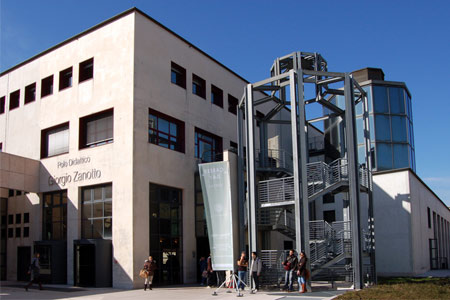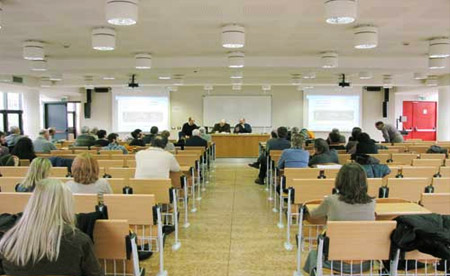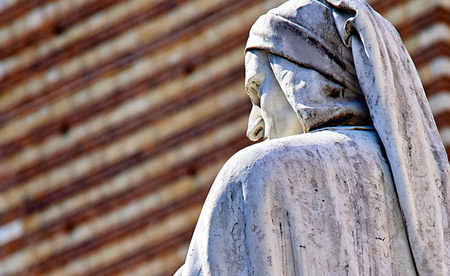Learning outcomes
The aim of this course is to investigate the complex world of the visual and performing arts. The view is not historical-artistic but it is purely economic. In this context, it is necessary to analyze the crucial economic principles and the most important mechanisms relating the artistic-cultural sector. It is also crucial to underline the similarities and differences of the investment in art compared to the traditional investment.
Economics of art does not exist as a separate scientific discipline from economics. In similar fashion, it does not exist steel economics or wood economics. However the artistic and cultural goods possess nonstandard features as compare to traditional goods. A wood paint or a bronze sculpture - also from economic point of view - are different from a piece of furniture or a metal lathe. Economics of art (or economics of culture, as it is best known in English) uses the tools known to economics that best fit the study of this type of goods. The course will apply macroeconomic, mesoeconomic, and microeconomic concepts to deal with them.
Programme
1. Introduction: economics as an art
2. Artistic and cultural goods (ACG) in the history of economic thought.
3. Economic wealth and nonmarket values
4. The weight of ACG in national accounts
5. Cultural values and the causes of economic wealth
6. Economic features of ACG
7. The demand side of ACG
8. The supply side of ACG
9. Art market and the role of prices
10. Economic policy in support of ACG
Teaching: In addition to traditional lectures, students will be involved to search and discuss a topic from a set of topics offered during the course.
Assessment: Written exam with a quiz format, and optional oral examination. Bonuses are given to those involved with a discussion topic during the course.
Textbooks:
Nardi Spiller C., Incontro con l’economia dell’arte, Torino, G. Giappichelli, 2005.
Candela G. e Scorcu A., Economia delle arti, Bologna, Zanichelli, 2004.







